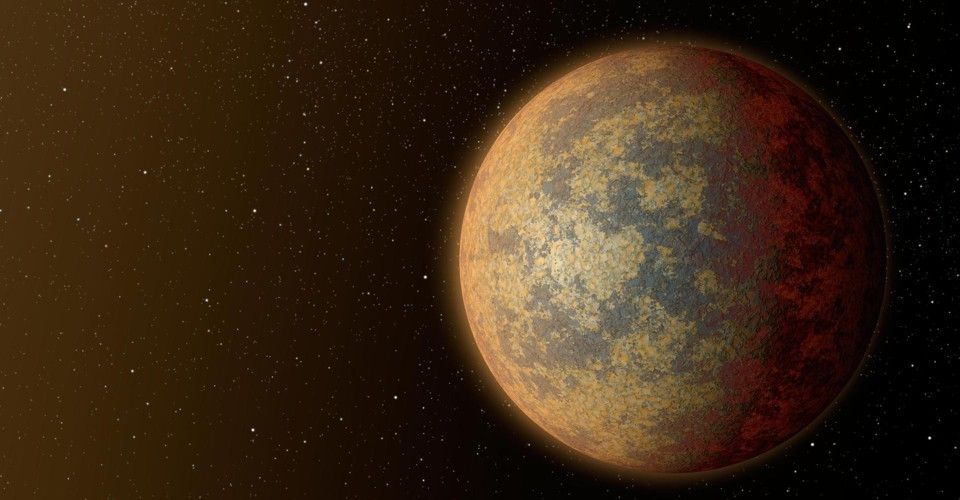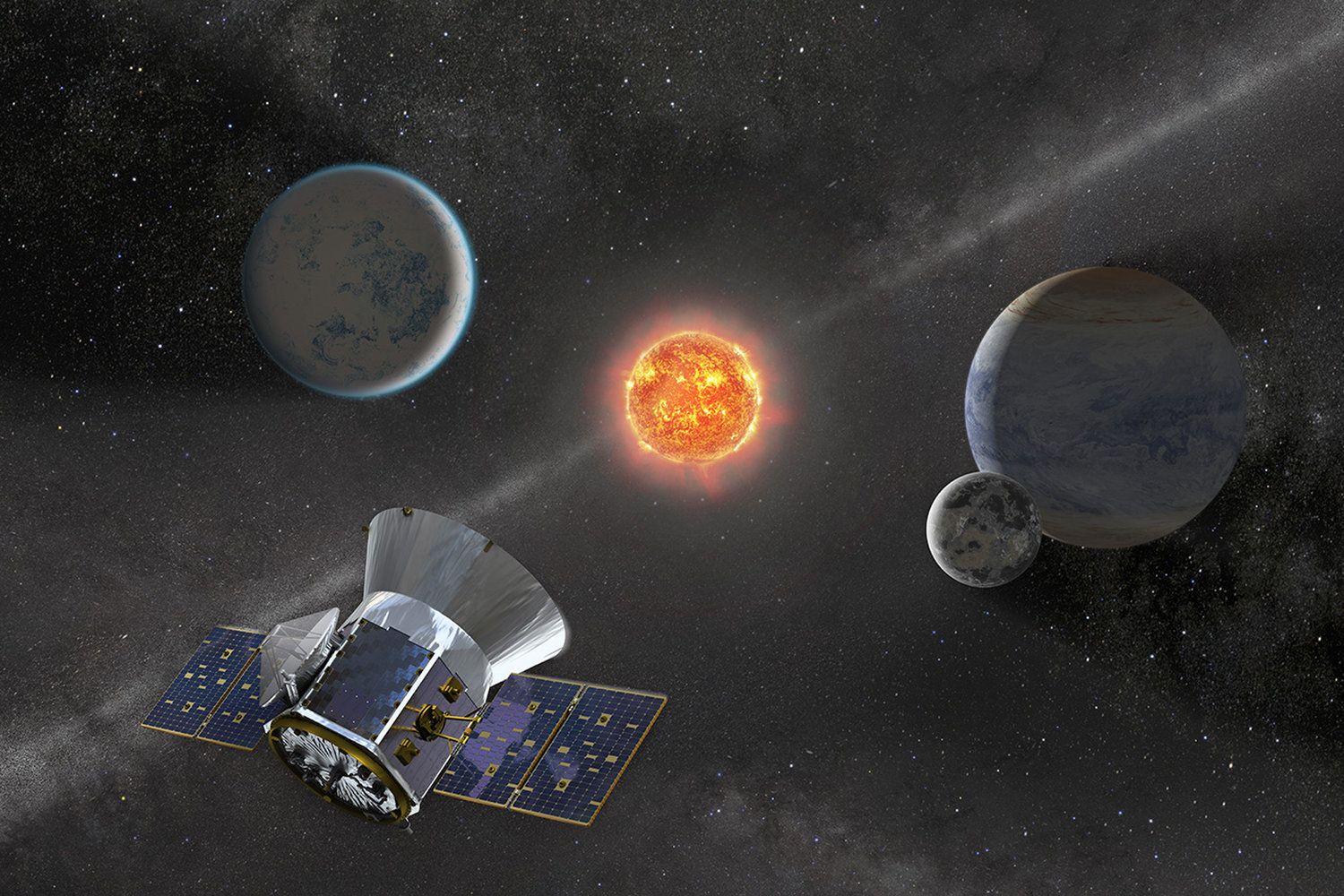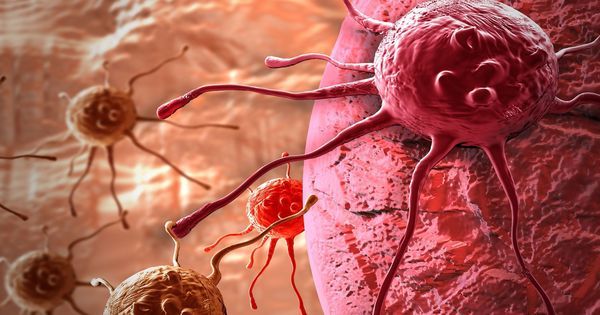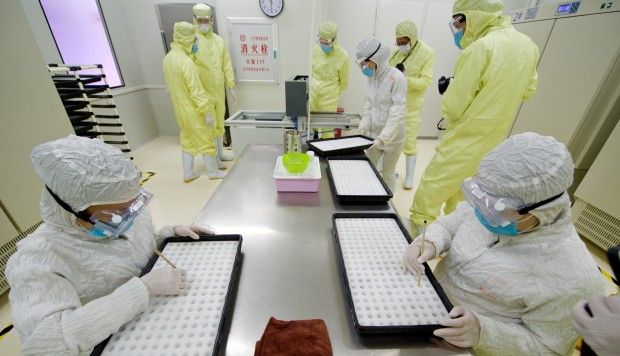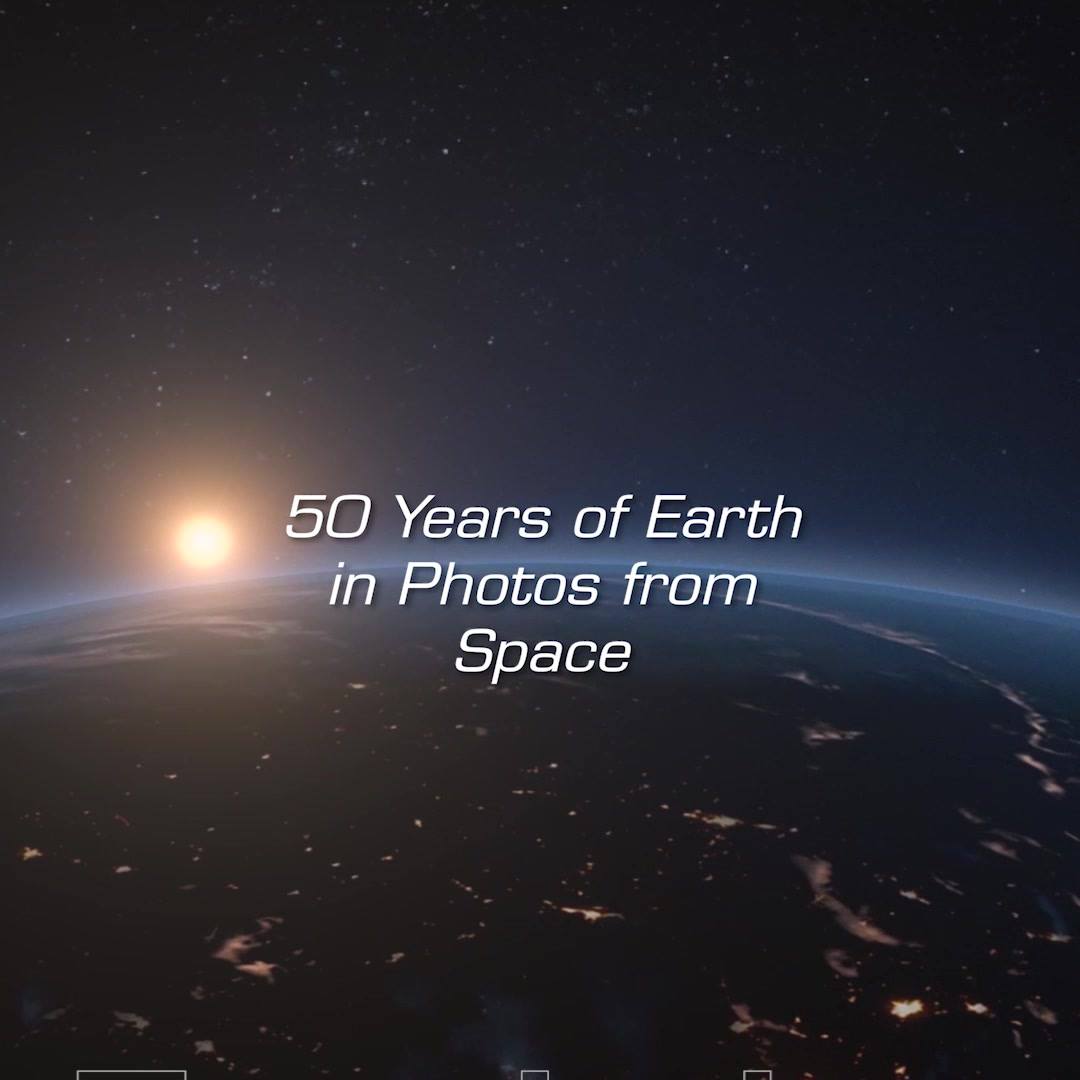Page 9844
Apr 16, 2018
Psst! A whispering gallery for light boosts solar cells
Posted by Bill Kemp in categories: nanotechnology, solar power, sustainability
Trapping light with an optical version of a whispering gallery, researchers at the National Institute of Standards and Technology (NIST) have developed a nanoscale coating for solar cells that enables them to absorb about 20 percent more sunlight than uncoated devices. The coating, applied with a technique that could be incorporated into manufacturing, opens a new path for developing low-cost, high-efficiency solar cells with abundant, renewable and environmentally friendly materials.
The coating consists of thousands of tiny glass beads, only about one-hundredth the width of a human hair. When sunlight hits the coating, the light waves are steered around the nanoscale bead, similar to the way sound waves travel around a curved wall such as the dome in St. Paul’s Cathedral in London. At such curved structures, known as acoustic whispering galleries, a person standing near one part of the wall easily hears a faint sound originating at any other part of the wall.
Whispering galleries for light were developed about a decade ago, but researchers have only recently explored their use in solar-cell coatings. In the experimental set up devised by a team including Dongheon Ha of NIST and the University of Maryland’s NanoCenter, the light captured by the nanoresonator coating eventually leaks out and is absorbed by an underlying solar cell made of gallium arsenide.
Apr 16, 2018
Using Peptides to Regrow Human Teeth
Posted by Steve Hill in categories: biotech/medical, life extension
Researchers at the University of Washington have developed a product that uses peptides to promote the regrowth of tooth enamel in order to treat dental cavities.
An end to tooth decay?
There are multiple regenerative medicine approaches being developed to combat tooth decay; for example, earlier this year, we discussed a method that uses gsk3 antagonists to spur the regeneration of teeth. This is a similar approach that is showing promising results.
Apr 16, 2018
NASA’s TESS Satellite Will Supercharge Search for Nearby, Earth-Like Worlds
Posted by Genevieve Klien in categories: alien life, satellites
On Monday, April 16, the Transiting Exoplanet Survey Satellite (TESS) will launch from Cape Canaveral Air Force Station in Florida. NASA’s new exoplanet hunter will train its sights on nearer, brighter stars than its predecessors did. If TESS lives up to scientists’ predictions, it could energize our search for life in the cosmos.
When the Kepler space telescope launched in 2009, scientists didn’t know what fraction of stars hosted planets. The Kepler mission was a statistical exploration looking to see how frequently planets occur around stars, Harvard astronomer David Latham told Space.com. “One of the big surprises from Kepler was to find this whole population of planets with sizes between that of Neptune and Earth — and there aren’t any in our solar system, zero — and they’re everywhere out there,” said Latham, who’s worked on the Kepler project for nearly 20 years.
“Kepler is what made us become aware that planets are as common as telephone poles,” SETI Institute astronomer Seth Shostak told Space.com.” But the stars that Kepler was staring at for four years … they were all somewhere between 500 and 1,500 light-years away.” TESS will survey the local neighborhood for planets like Earth. [NASA’s TESS Exoplanet-Hunter in Pictures].
Continue reading “NASA’s TESS Satellite Will Supercharge Search for Nearby, Earth-Like Worlds” »
Apr 16, 2018
Evidence mounts for habitability of Venus-like worlds
Posted by Genevieve Klien in categories: climatology, space
Climate models show exoplanets like Venus could hold oceans under the right conditions. Richard A. Lovett reports.
Apr 16, 2018
Cancer not only mutates but evolves other mechanisms to beat drugs
Posted by Genevieve Klien in category: biotech/medical
Cancer can be triggered by different causes. Melanoma is usually induced by the sun, by dangerous ultraviolet light damage. In the majority of cases, UV damage leaves a unique mutational footprint behind and as a result unstoppable cell proliferation is induced.
UV damage gives rise to point mutations – changes in a single letter of the 3 billion letter human genome. These mutations can interfere with signals that tell cells when to grow and divide and when to stop. Mutations in a protein called BRAF, a major signaling regulator, cause growth signals to be stuck in the “on” position and drive cancer development.
Though scientists have managed to come up with drugs that target and turn off aberrant BRAF signaling, cancer cells are clever. They learn to adapt to these BRAF-inhibitors. Today, many patients respond to cancer treatment very positively at first. However, unfortunately many ultimately develop resistance and metastases.
Continue reading “Cancer not only mutates but evolves other mechanisms to beat drugs” »
Apr 16, 2018
A City-Sized ‘Telescope’ Could Watch Space-Time Ripple 1 Million Times a Year
Posted by Genevieve Klien in categories: cosmology, physics
COLUMBUS, Ohio — A gravitational wave detector that’s 2.5 miles long isn’t cool. You know what’s cool? A 25-mile-long gravitational wave detector.
That’s the upshot of a series of talks given here Saturday (April 14) at the April meeting of the American Physical Society. The next generation of gravitational wave detectors will peer right up to the outer edge of the observable universe, looking for ripples in the very fabric of space-time, which Einstein predicted would occur when massive objects like black holes collide. But there are still some significant challenges standing in the way of their construction, presenters told the audience.
“The current detectors you might think are very sensitive,” Matthew Evans, a physicist at MIT, told the audience. “And that’s true, but they’re also the least sensitive detectors with which you can [possibly] detect gravitational waves.” [8 Ways You Can See Einstein’s Theory of Relativity in Real Life].
Continue reading “A City-Sized ‘Telescope’ Could Watch Space-Time Ripple 1 Million Times a Year” »
Apr 16, 2018
Why immuno-therapy is leaving markets abuzz across the world
Posted by Derick Lee in categories: biotech/medical, innovation
The biotechnology sector’s fastest-growing segment, immuno-oncology, has become the hottest buzzword for investment in Asia.
The field, that uses the body’s own immune system to help fight cancer, has seen two mega acquisitions in the United States in recent months.
And Hong Kong stock exchange is now tuning into its strong future, with Hong Kong Exchanges and Clearing (HKEX) already agreeing to revamp listing rules that will fast track applications by firms linked with the sector to help more innovative drugs and medical devices developers go public as soon as early this summer, and raise much-needed development cash.
Continue reading “Why immuno-therapy is leaving markets abuzz across the world” »
